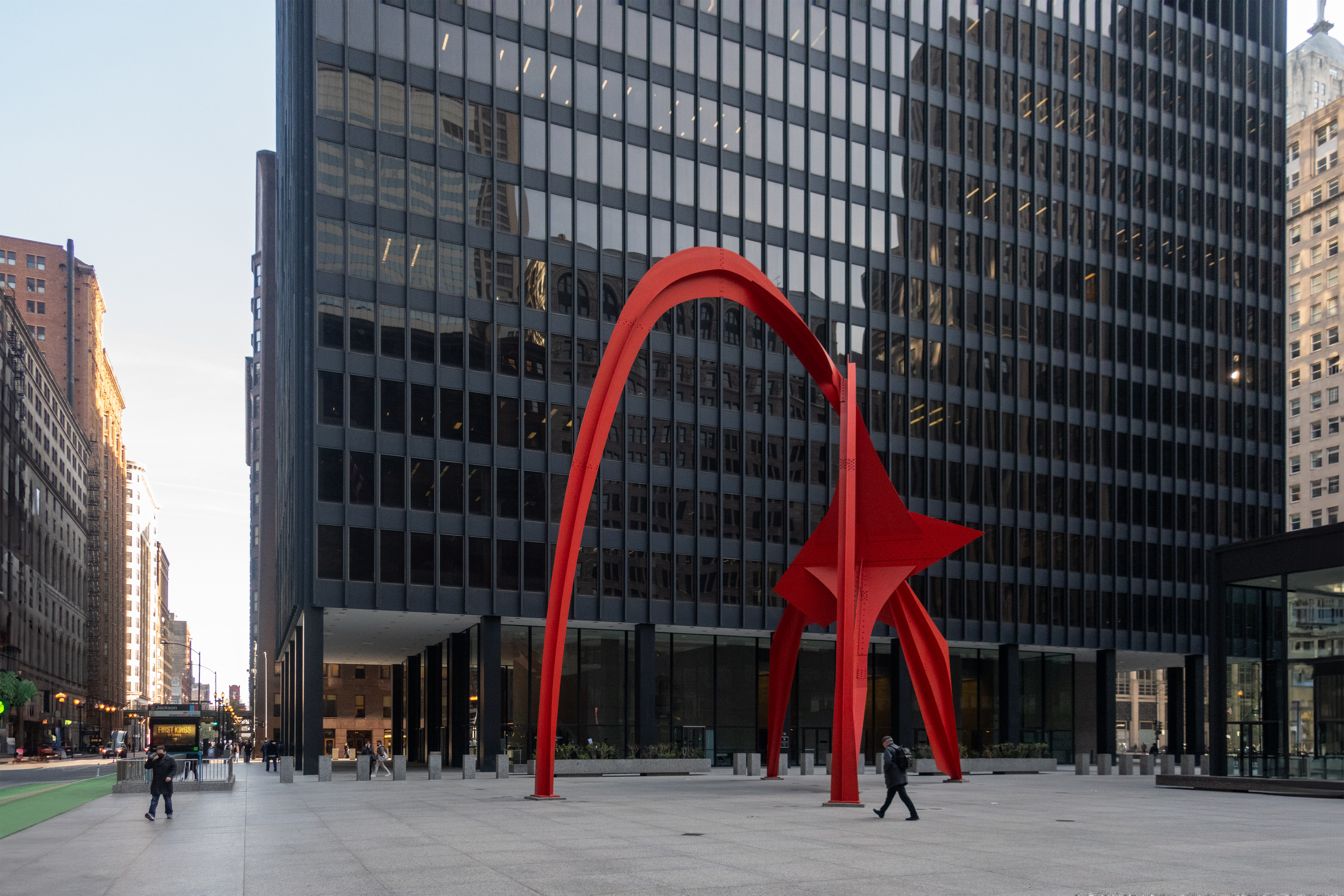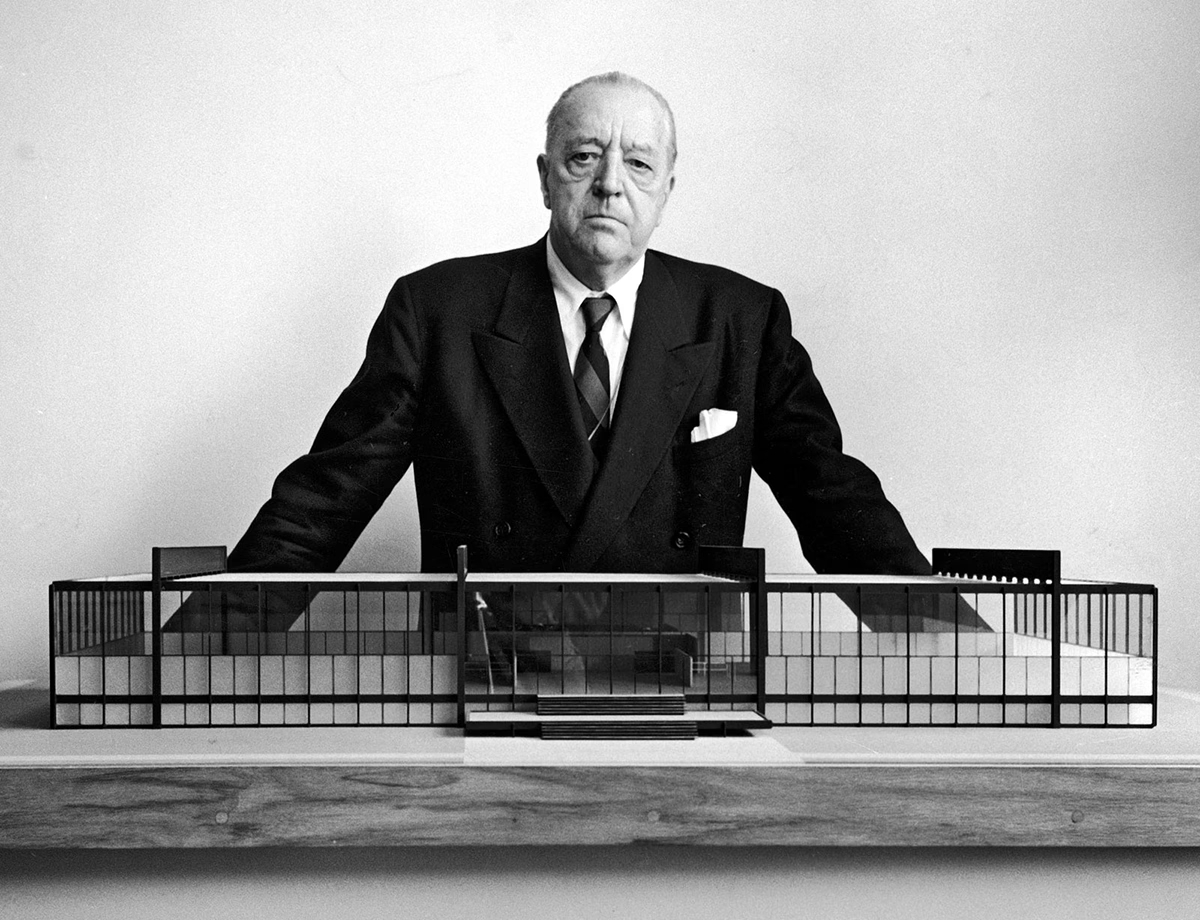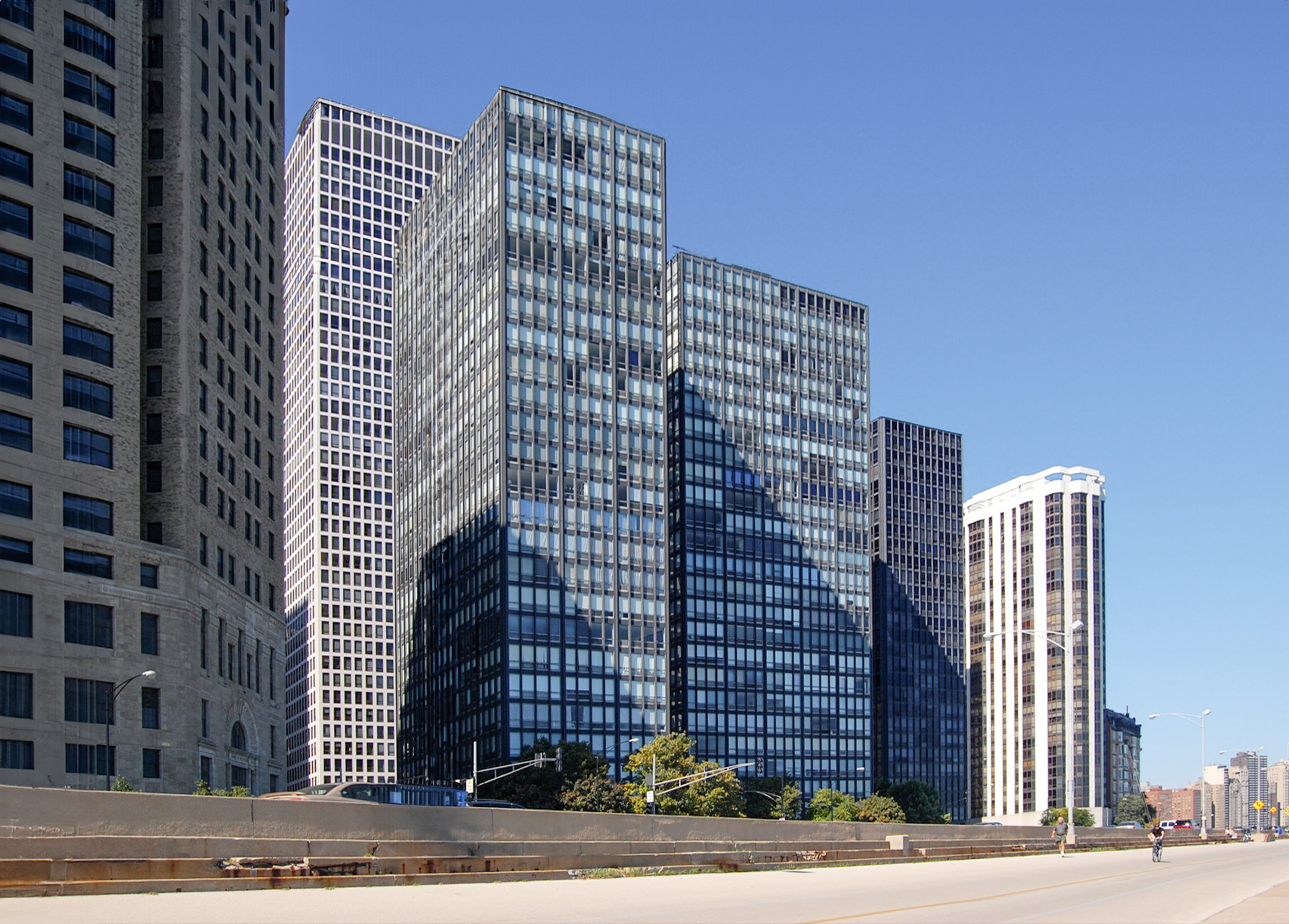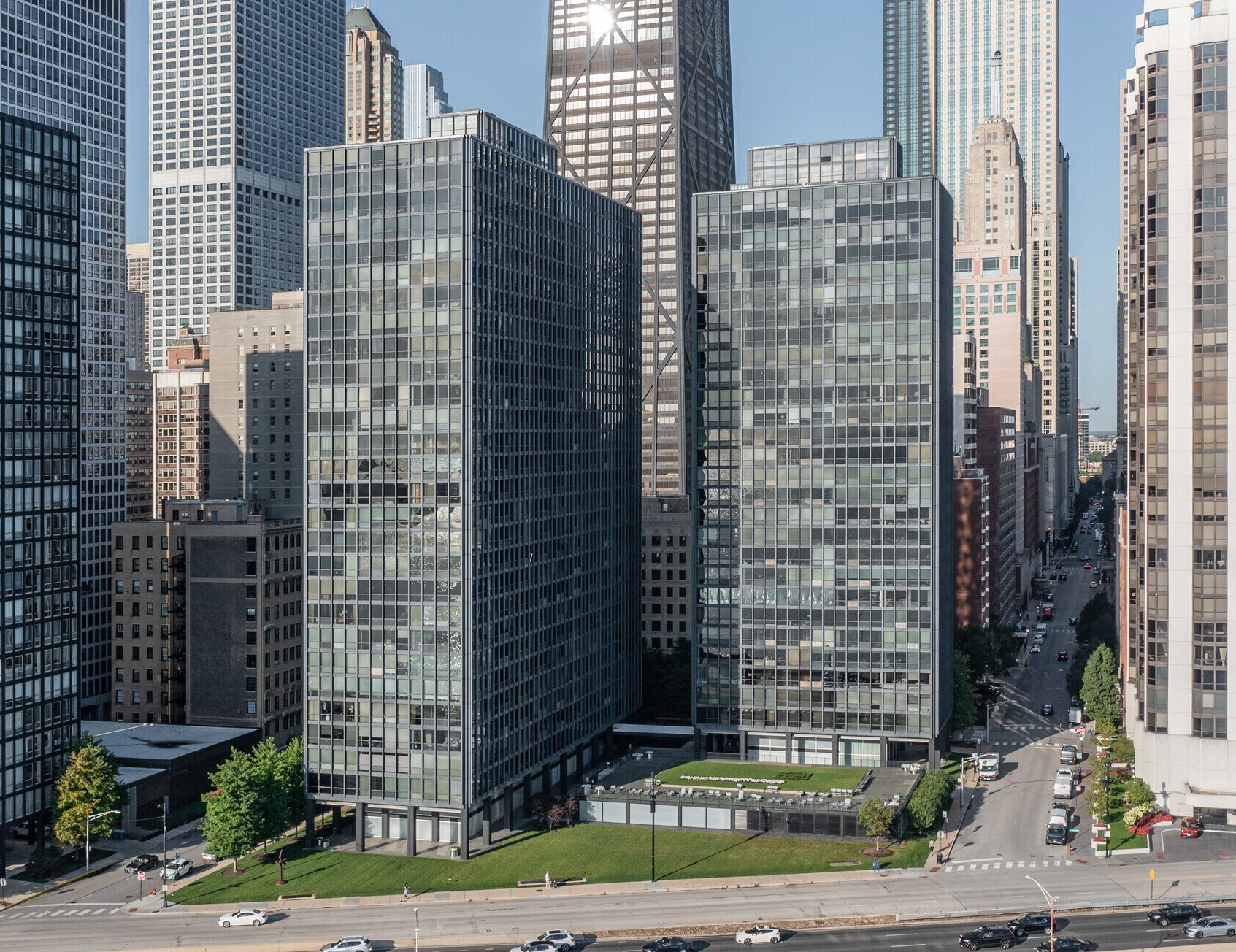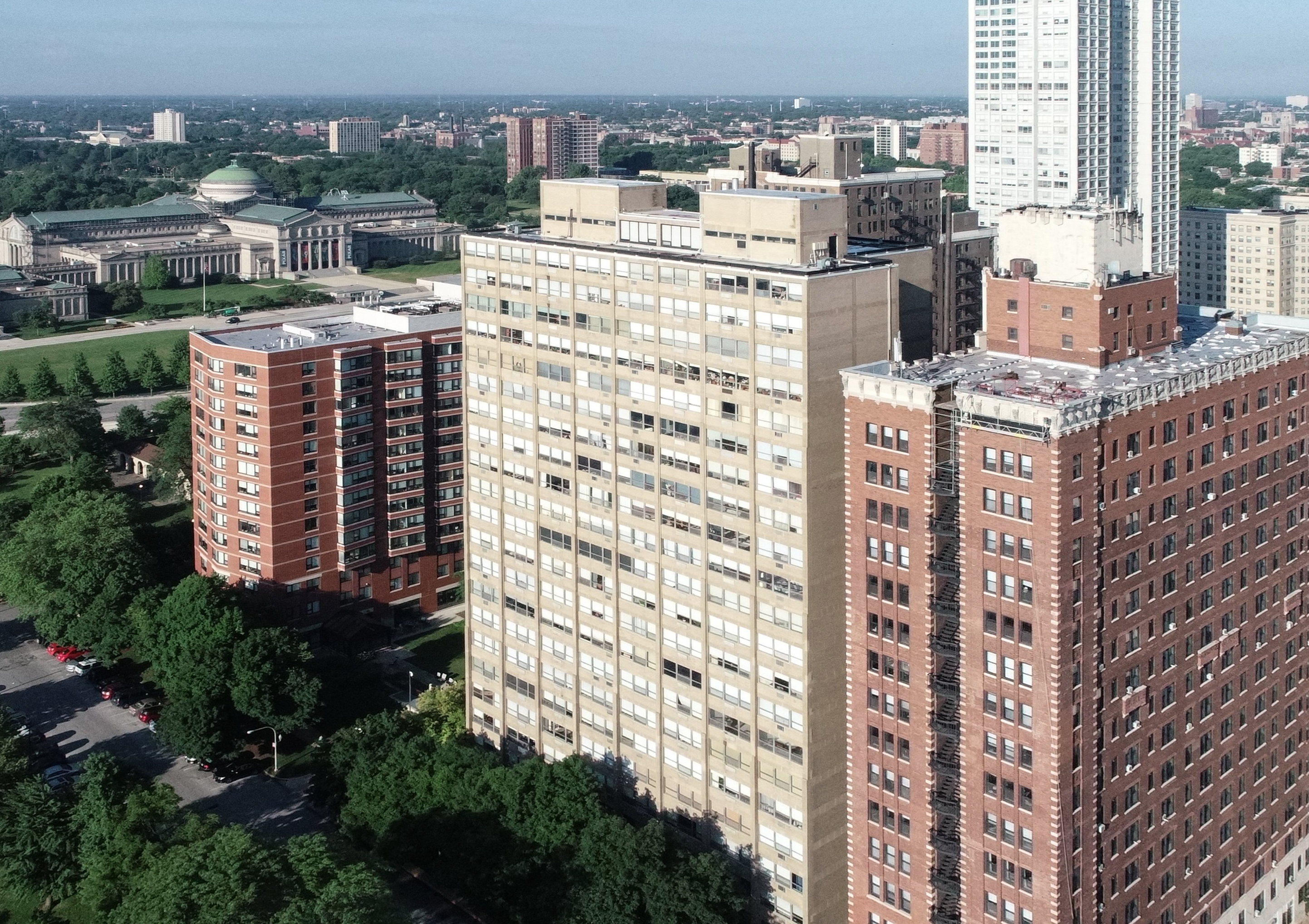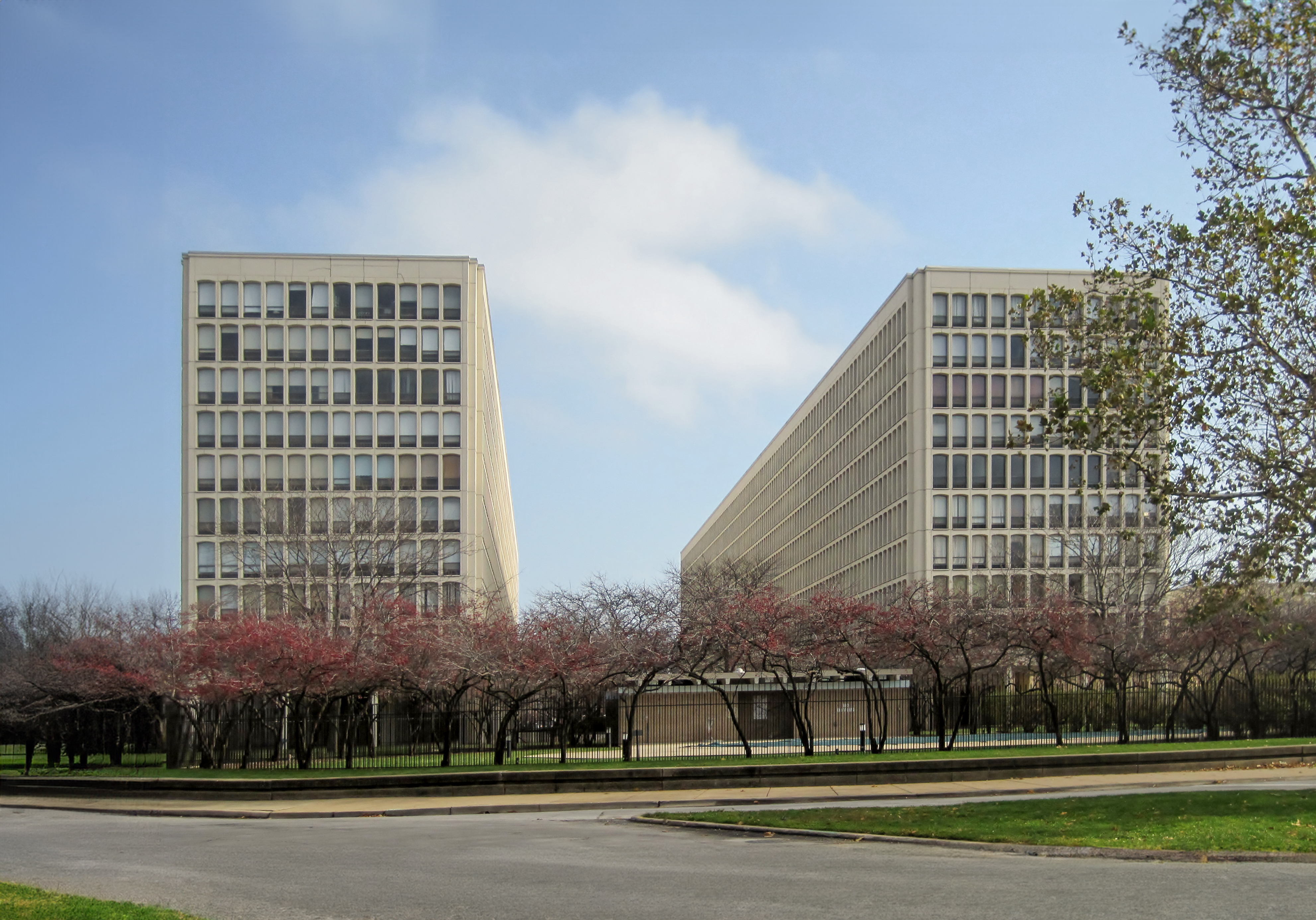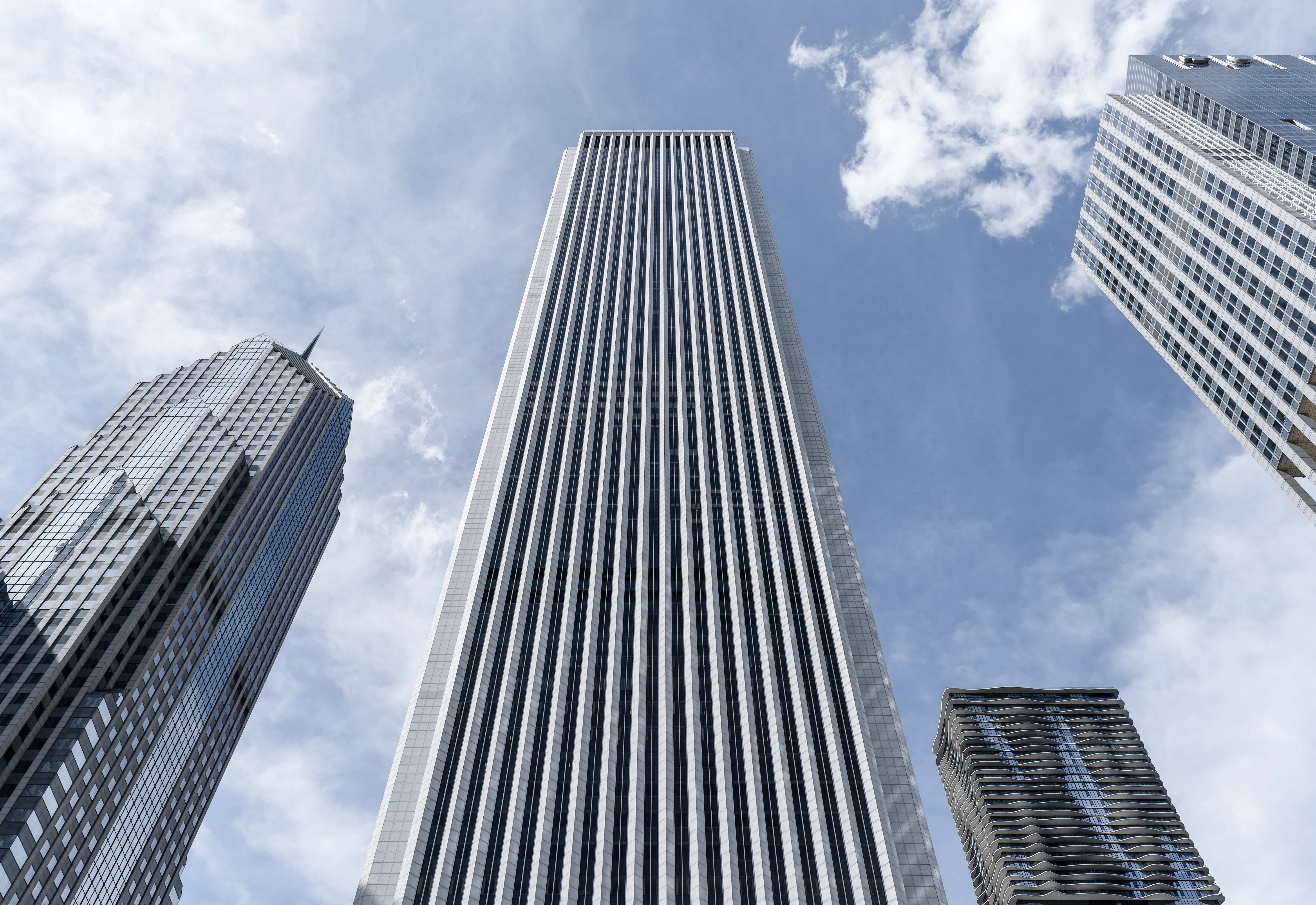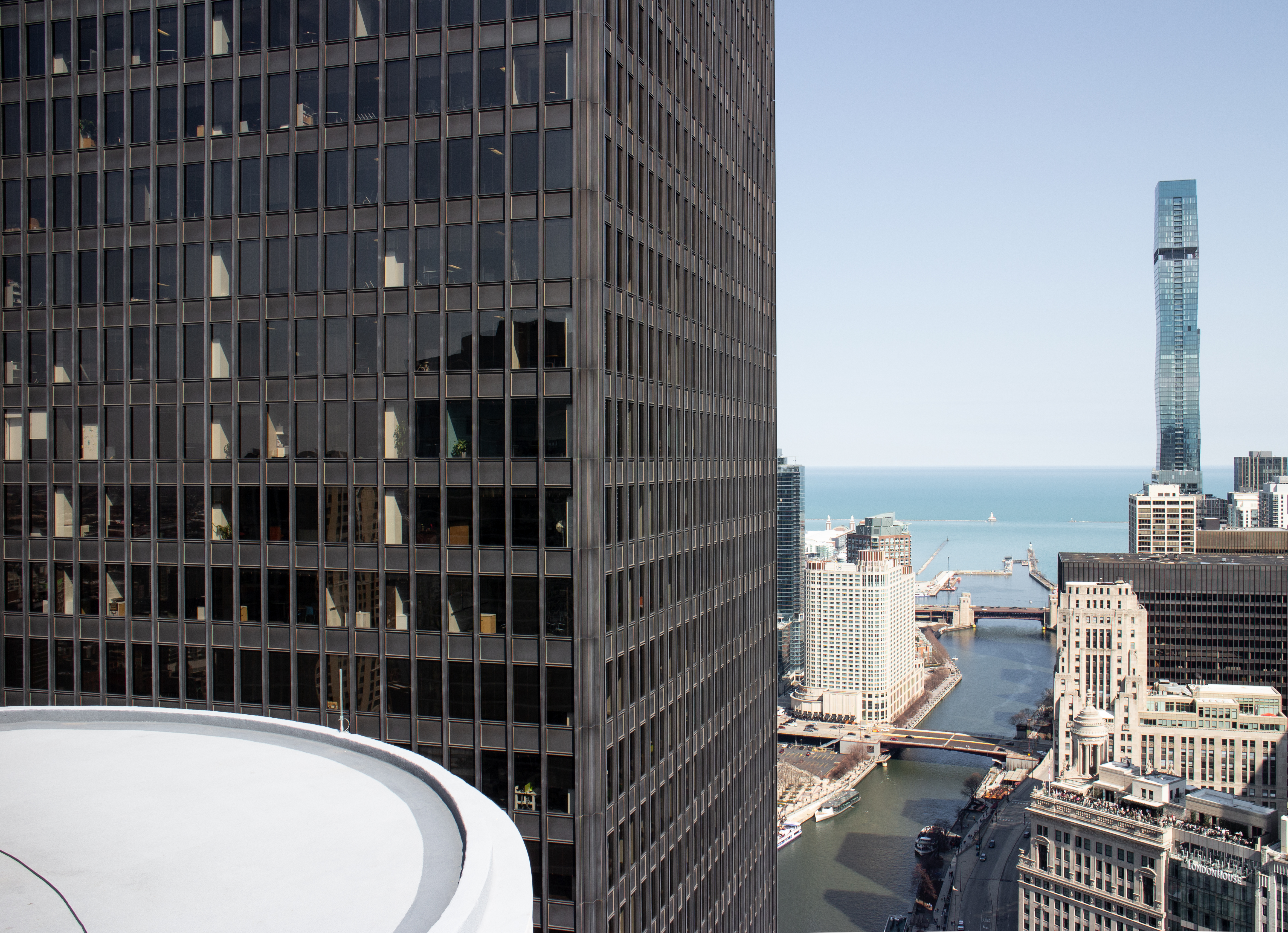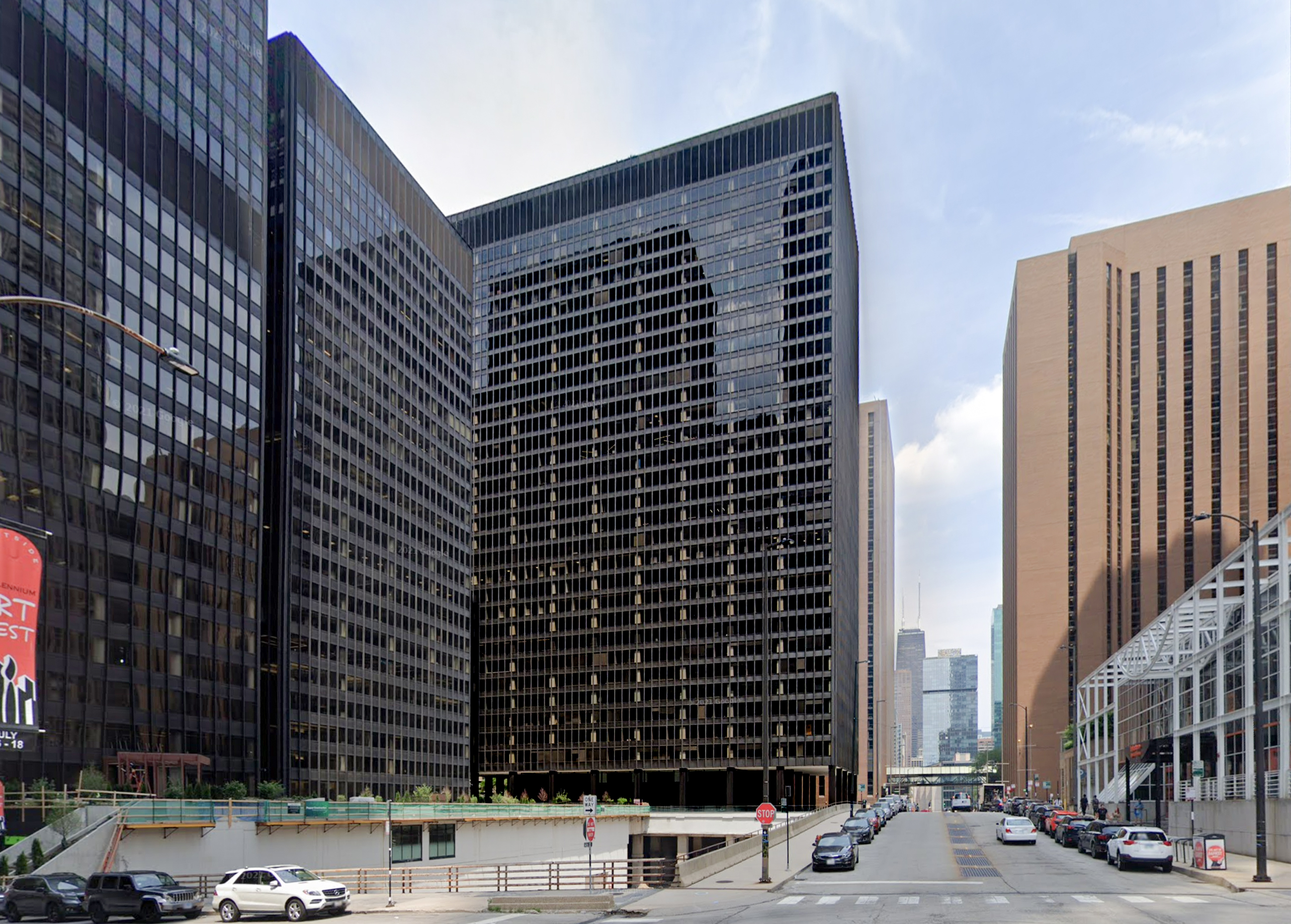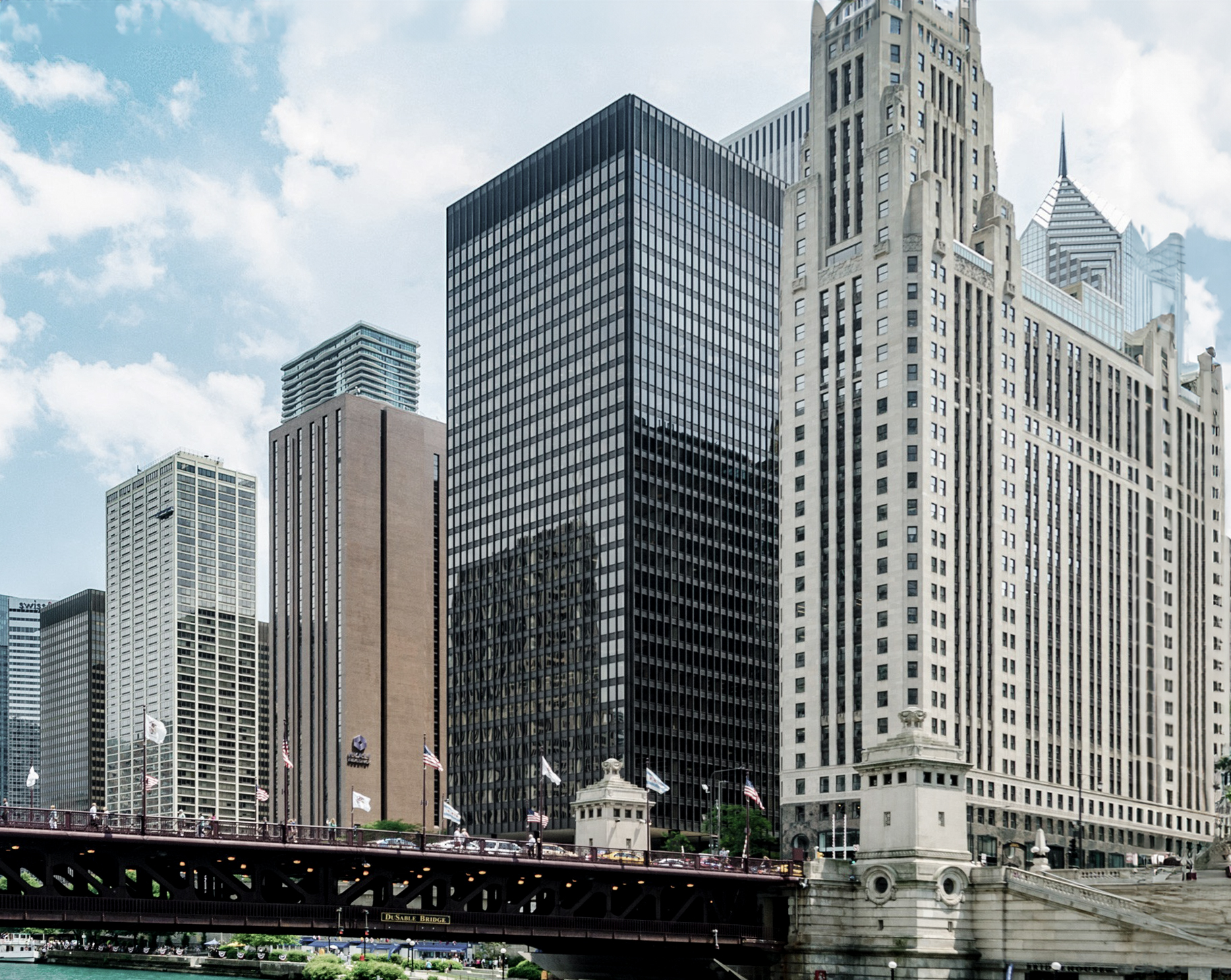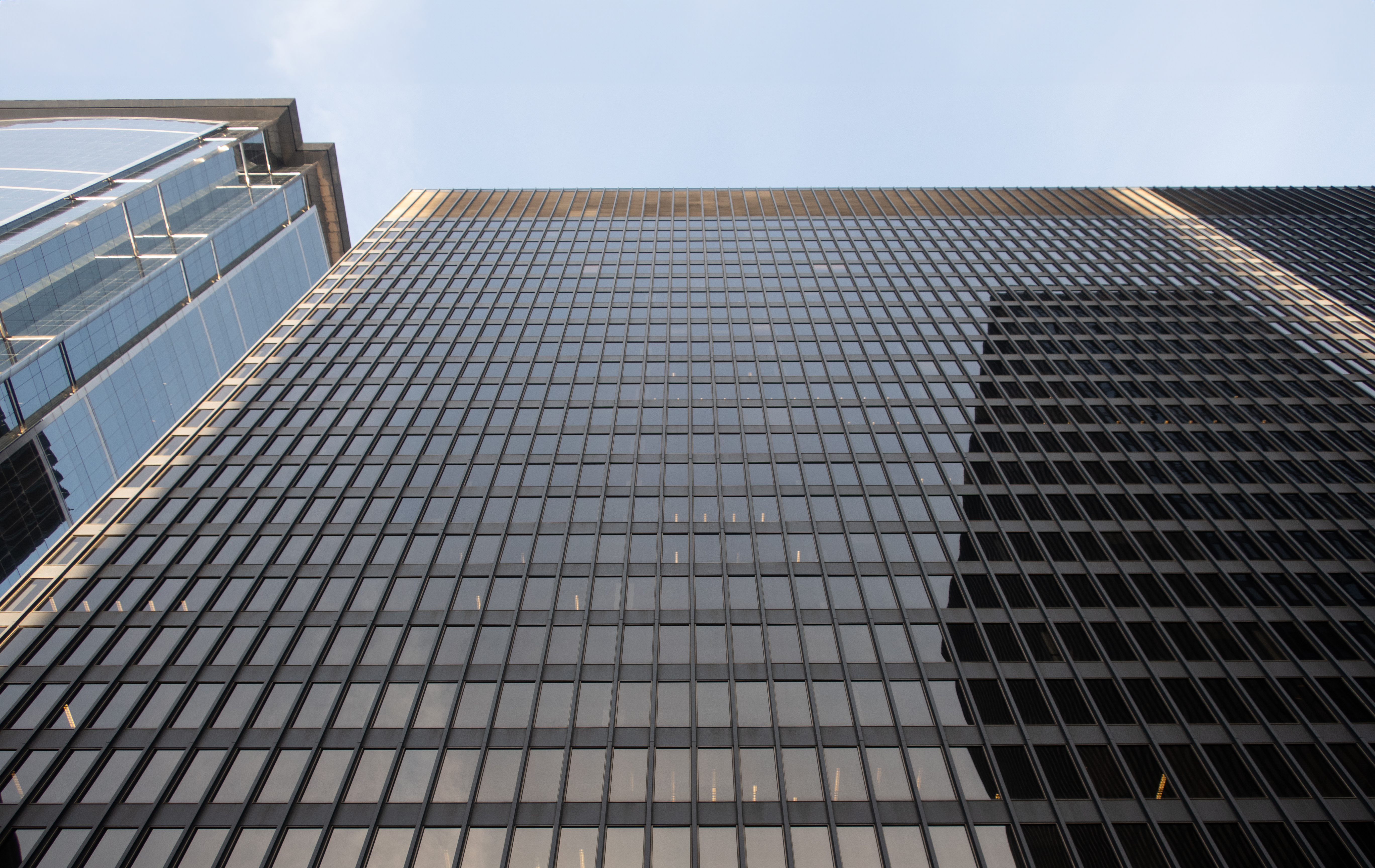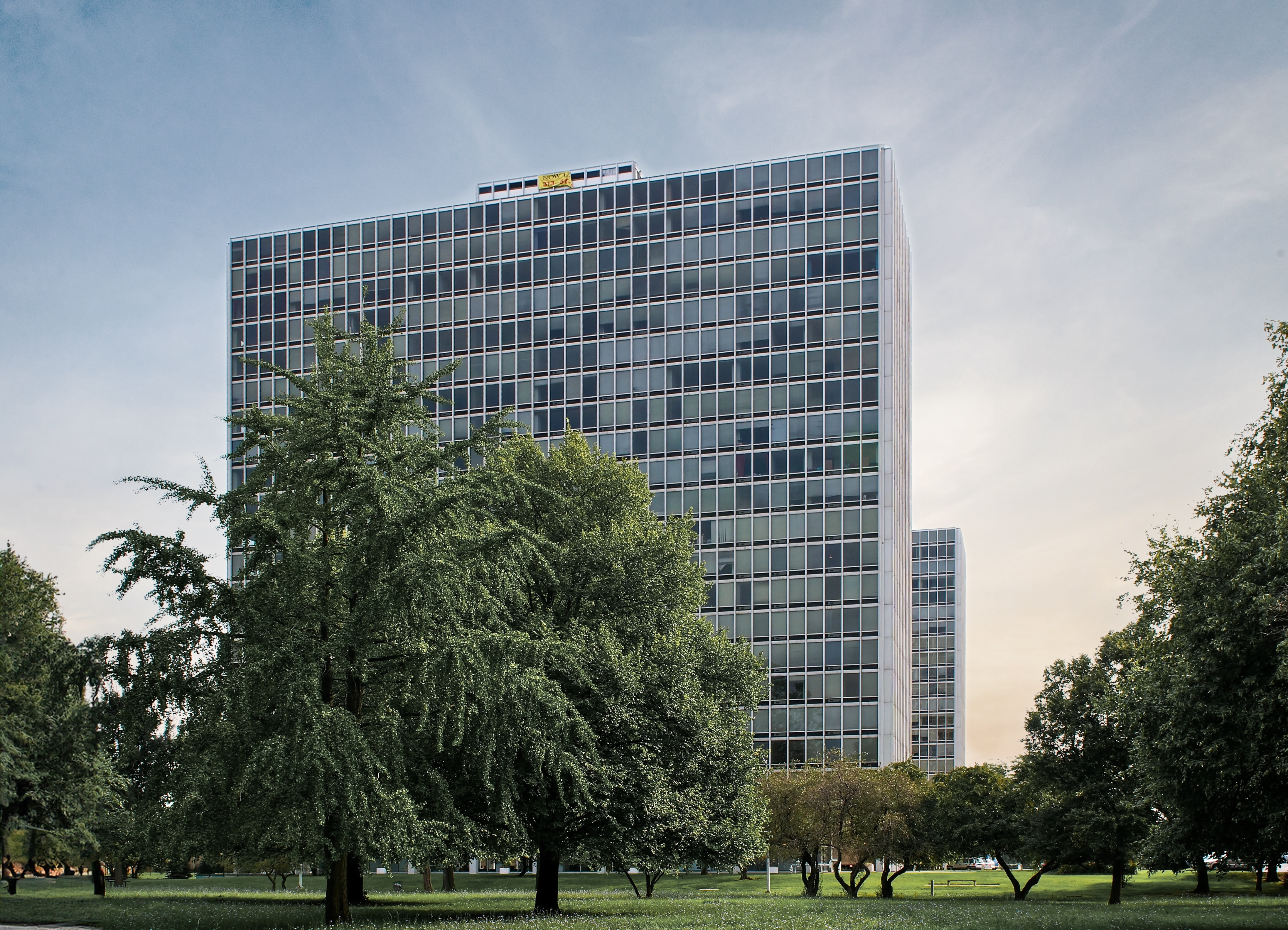The Kluczynski Federal Building is an International Style skyscraper designed between 1959 and 1966 by Mies van der Rohe, in association with Schmidt, Garden and Erikson, C. F. Murphy Associates, A. Epstein and Sons, and built between 1974 and 1975 in Chicago, IL.
Its precise street address is 230 South Dearborn Street, Chicago, IL. You can also find it on the map here.
The Kluczynski Federal Building is part of the Chicago Federal Center.
The origins of the complex can be found in Mayor's Richard J. Daley vision to save Chicago's economy, which suffered a lot in the 1950's. In the late 50s the US government announced a plan to update their facilities, and Mayor Richard J. Daley made a bid for the government to set up some of their facilities in this new complex that would be designed by Mies van der Rohe.
His plan paid off. The government bought into the idea of this new complex in the Loop district of Chicago, and brought in thousands of employees, which helped begin to recovered the delicate economy of the city..
The building underwent a major restoration between 2011 and 2013. The architect commissioned to undertake this restoration was Cannon Design.
